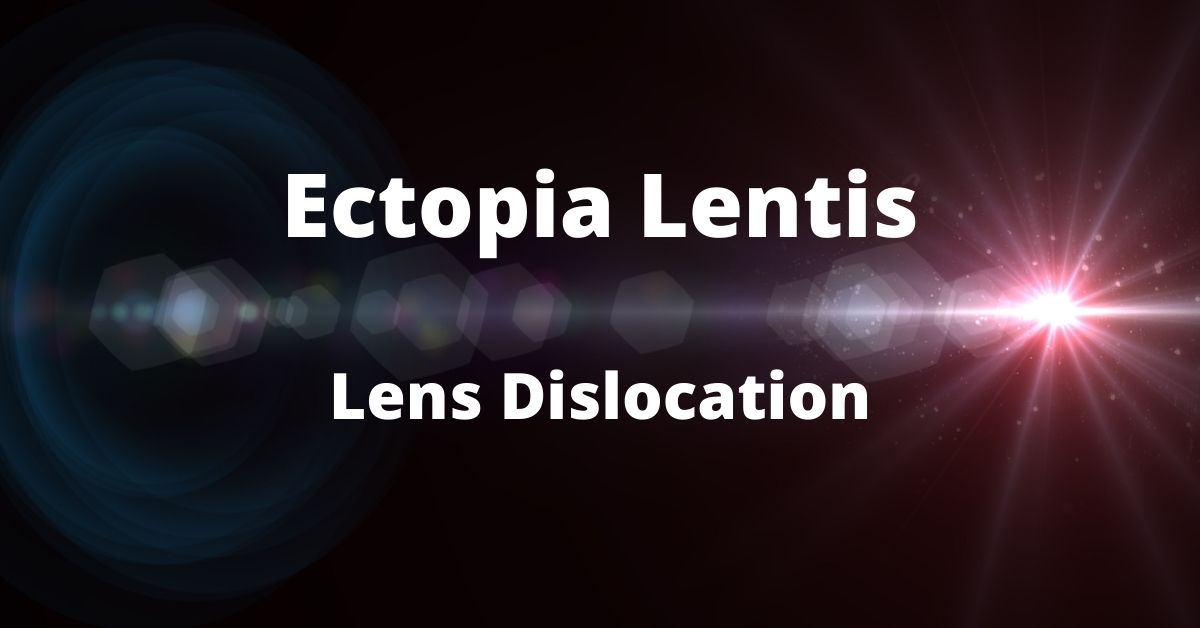Your natural lens can become displaced from it’s natural anatomic position within the eye. Intraocular lenses can also become displaced, but this article is limited to dislocation of the natural crystalline lens.
Ectopia lentis is the medical term for the dislocation or displacement of the eye’s natural crystalline lens. The lens may be free-floating in the vitreous or it may be in the anterior chamber or directly on the retina.
This dislocation most commonly occurs after trauma to the eye. It can also be caused by a systemic disease, such as Marfan syndrome. Trauma is the most common cause and most often the result of a direct blow to the eye such as from a baseball or golf ball.
Some rare and inherited genetic diseases can cause ectopia lentis:
- Weill-Marchesani syndrome
- Sulfite oxidase deficiency
- Hyperlysinemia
- Ehlers-Danlos syndrome
- Sturge-Weber syndrome
- Mandibulofacial dysostosis
- Wildervanck syndrome
- Conradi syndrome
- Pfaundler syndrome
- Crouzon syndrome
- Pierre Robin syndrome
- Sprengel deformity
Symptoms of Lens Dislocation
The most significant symptom of ectopia lentis is reduced visual acuity such as poor near or distant vision. The degree of reduction in visual acuity varies with the degree of lens dislocation and the type of dislocation.
If the zonules in the eye are disrupted it can lead to increased curvature of the lens and may result in lenticular myopia or astigmatism. The zonules are tiny thread-like fibers that hold the eye’s lens firmly in place and also tighten the pull the lens to accommodate near vision.
Treatment
Treatment of ectopia lentis depends on where and how far the lens has moved and any resulting complications. In some cases, in which the dislocation is minimal and there is no significant impact on vision observation and close follow-up are the only treatments necessary.
In cases in which vision is affected or there is damage to surrounding structures, surgery may be necessary. The dislocated lens is removed, and an artificial lens is put into place. If there is not enough structural support for the artificial lens then it may need to be sutured to the iris or sclera.
Prognosis
Multiple surgical techniques are available for correction of ectopia lentis and each has its own limitations and associated complications. In some cases, an implanted artificial lens is used, and other patients are treated by removal of the lens and a vitrectomy to remove the vitreous humor and then they use special contact lenses.
If the lens dislocated due to a genetic disease then the underlying disease must also be treated.
Most patients with ectopia lentis do well and at least 85% achieve a 20/40 or better visual acuity. However, if there is a pre-existing condition such as a corneal disease, glaucoma, diabetic retinopathy, macular degeneration, or a history of retinal detachment, the outcome will not be as favorable.
Close follow-up is essential as is medical management of any complications that may arise.
If you would like to schedule an appointment, please call us (877) 245.2020.
